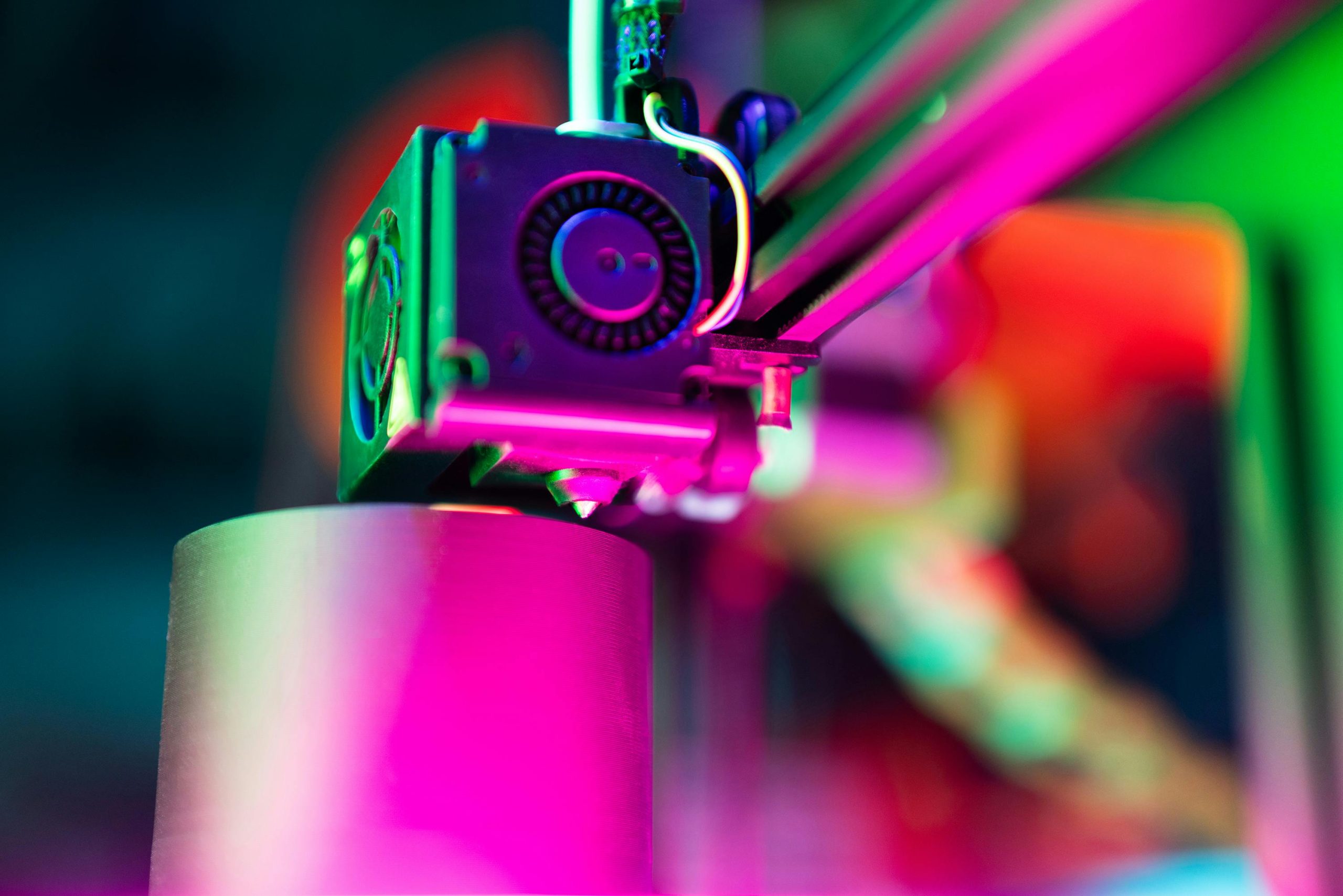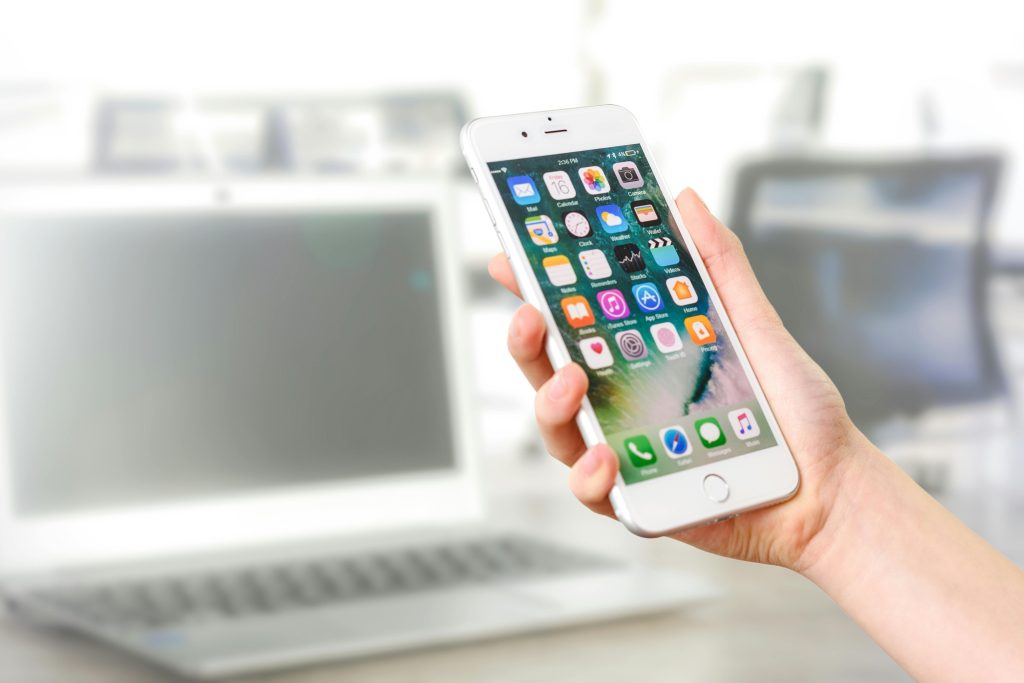Understanding SD Card Data Discrepancies: A Guide to Recovering Wedding Photos
Introduction
Losing valuable photographs from a special occasion such as a wedding is a distressing experience, especially when the original photographer does not retain copies. In many cases, the issue stems from misunderstandings or mishandling of storage media like SD cards. This article explores a common scenario where an SD card’s capacity appears diminished, potential causes, and recommended recovery strategies.
Scenario Overview
A recent incident involved a 128 GB Gigastone microSDXC card containing approximately 60 GB of wedding photos. The card was provided by the photographer without a backup. Initial access was attempted using an Android smartphone due to the absence of an SD card reader, leading to unexpected results.
Sequence of Events
- The SD card was inserted into an Android device to view photos.
- Instead of displaying the images, the device created system folders (such as /Android/) and reported only around 10 MB of data, primarily system files rather than the actual photos.
- Subsequently, when the card was inserted into a laptop with a proper SD card reader, the drive’s capacity showed as nearly the full 128 GB, but only about 10 MB of space was marked as used.
- The presumed missing data—approximately 60 GB of wedding photos—was not visible through standard means.
Initial Troubleshooting Efforts
- Used specialized data recovery software (e.g., CardRecovery), which reported no recoverable files.
- Checked the drive in Windows Explorer, which did not prompt for formatting and indicated the card was mostly empty.
- Confirmed that no formatting or data-writing operations, other than the Android device’s interactions, had been performed on the card.
Potential Causes
-
File System Overwrite:
Inserting the SD card into an Android device may have caused the system to create new directories or, in some cases, overwrite the file system’s header, making the original data inaccessible through conventional browsing tools. -
Partition or File System Corruption:
The Android device might have altered or damaged the partition table or filesystem, leading to the capacity appearing normal but with data unrecoverable through easy means. -
Data Hidden or Allocated Elsewhere:
Some Android devices or apps could create hidden/system folders or even encrypt certain data, making the original files appear lost. -
Misinterpretation of Space Usage:
A discrepancy between capacity and used space could suggest
Share this content:


